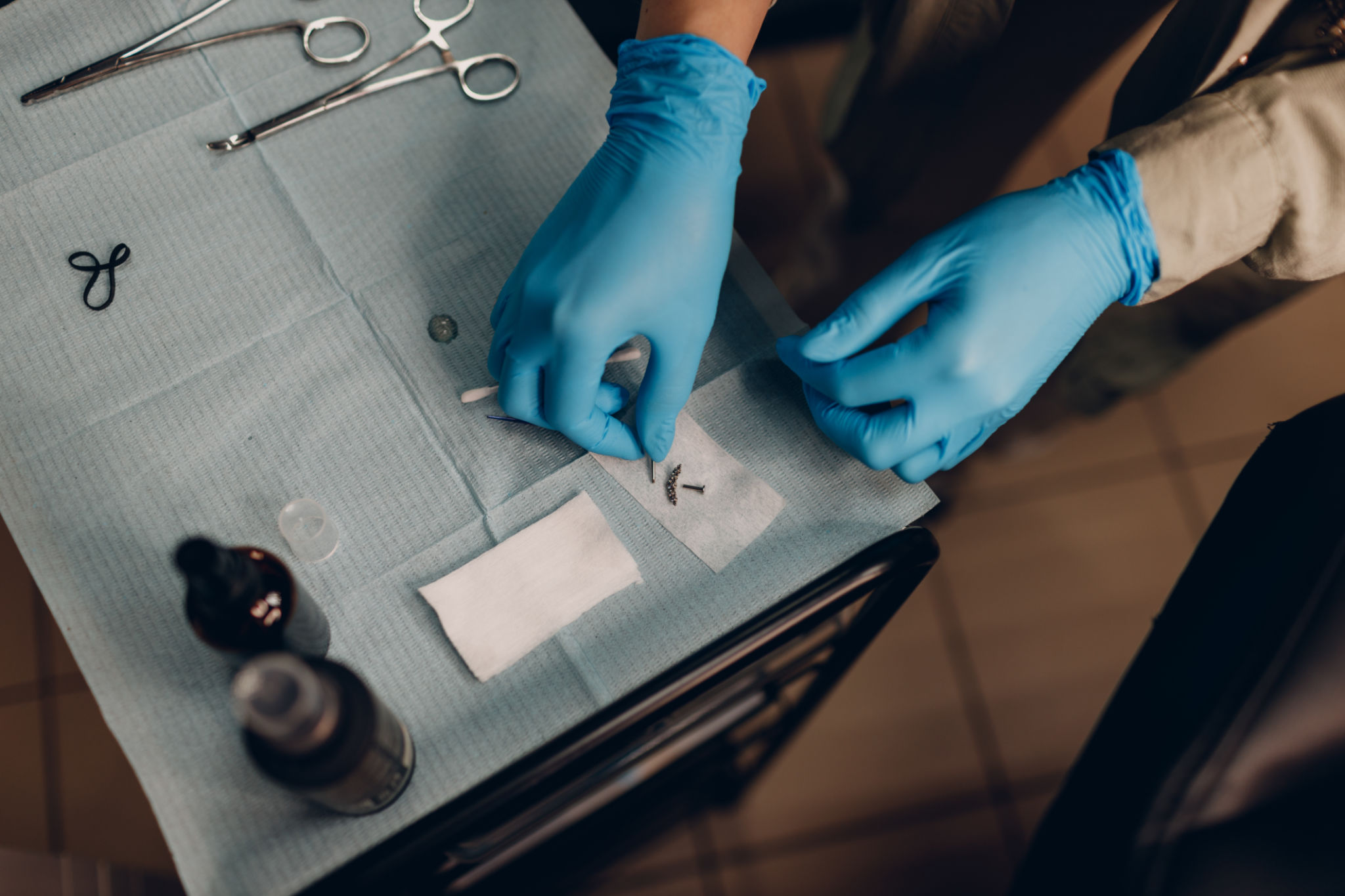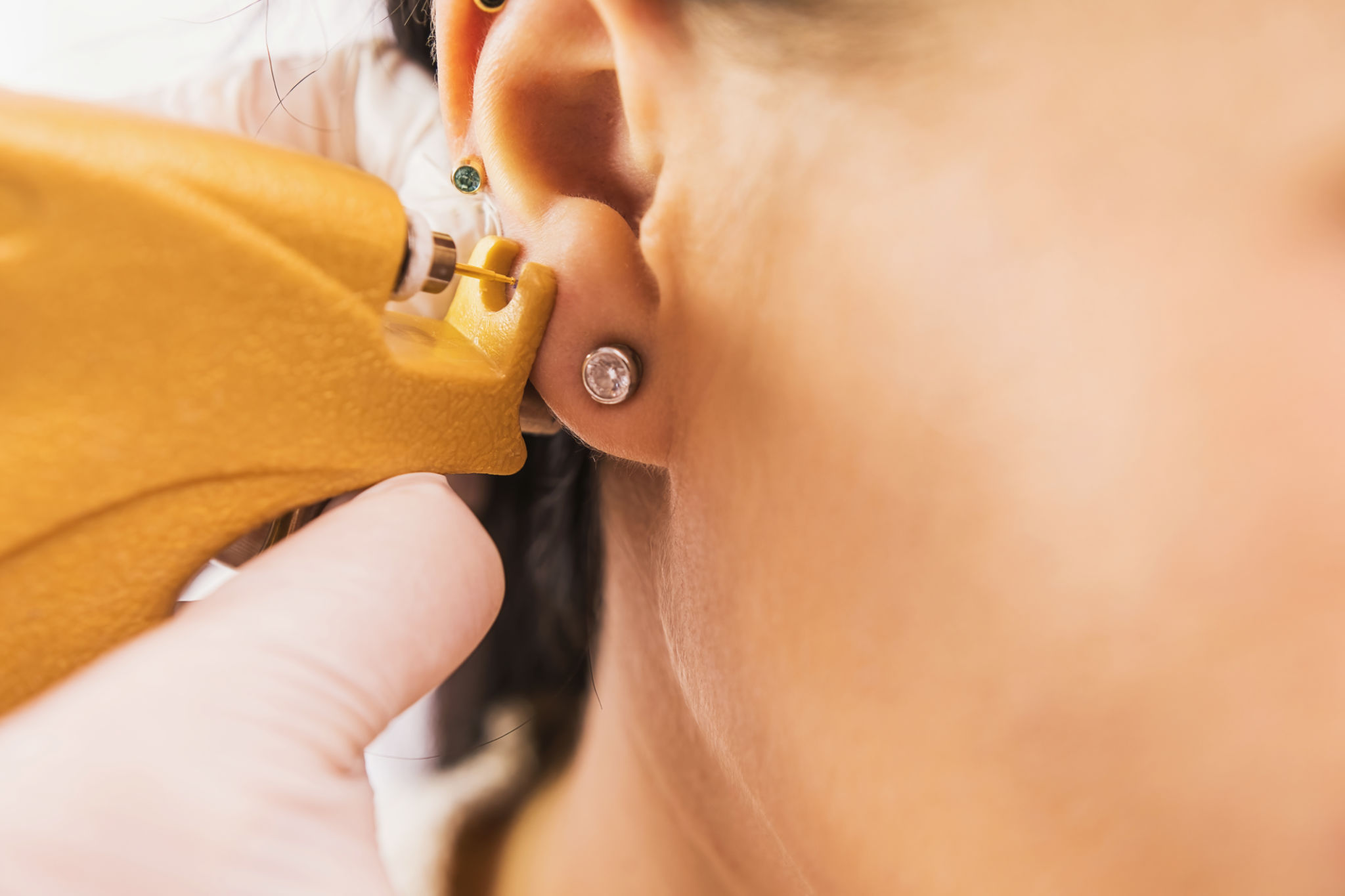Piercing Guide: Everything You Need to Know Before You Go
Understanding the Basics of Piercing
Piercings have been a form of self-expression and cultural tradition for centuries. Whether you're considering your first piercing or your tenth, it's important to understand the basics. From choosing the right location on your body to selecting appropriate jewelry, a little knowledge can make a big difference in your experience.

Choosing the Right Piercing
Before you head to the piercing studio, consider what type of piercing you want. Popular options include earlobe, cartilage, nose, and belly button piercings. Each has its own healing time and level of pain. Think about your lifestyle and any professional restrictions that might affect your choice. Researching different types of piercings can help you make an informed decision.
Researching Your Piercer
Finding a reputable piercer is crucial for a safe and successful experience. Look for a studio that follows strict hygiene standards and employs experienced professionals. Check online reviews and ask for recommendations from friends. Don't hesitate to visit the studio beforehand to assess cleanliness and ask any questions you may have.

Preparing for Your Piercing
Once you've chosen your piercing and piercer, it's time to prepare yourself. Make sure to eat a healthy meal before your appointment to maintain your blood sugar levels. Avoid alcohol and caffeine, as they can increase sensitivity and bleeding. Wear comfortable clothing that allows easy access to the area being pierced.
The Piercing Process
Understanding the piercing process can alleviate any nerves you might have. Typically, the piercer will clean the area, mark the piercing spot, and use a sterilized needle to create the hole. The actual piercing is usually quick, but you may feel some discomfort during and after the procedure. Remember to breathe deeply and stay as relaxed as possible.

Caring for Your New Piercing
Proper aftercare is essential for healing and preventing infections. Your piercer will provide specific instructions, which often include cleaning the area with saline solution and avoiding unnecessary touching. Healing times vary depending on the location of the piercing, ranging from a few weeks to several months.
Common Piercing Issues
While most piercings heal without complications, it's important to be aware of potential issues. Redness, swelling, and tenderness are common in the first few days but should gradually improve. If you notice prolonged pain, pus, or other signs of infection, contact your piercer or a healthcare professional immediately. It's always better to be cautious when it comes to your health.
Choosing the Right Jewelry
Once your piercing has healed, you can explore different jewelry options. Choose materials that are safe for your skin, such as surgical steel, titanium, or gold. Make sure the jewelry fits comfortably and suits your personal style. Changing your jewelry too early can lead to complications, so wait until healing is complete before experimenting with new looks.

With the right preparation and care, getting a piercing can be a rewarding experience. It allows for personal expression and can be a way to celebrate individuality. Whether opting for something discreet or a bold statement piece, enjoy the process of enhancing your body art collection responsibly.
